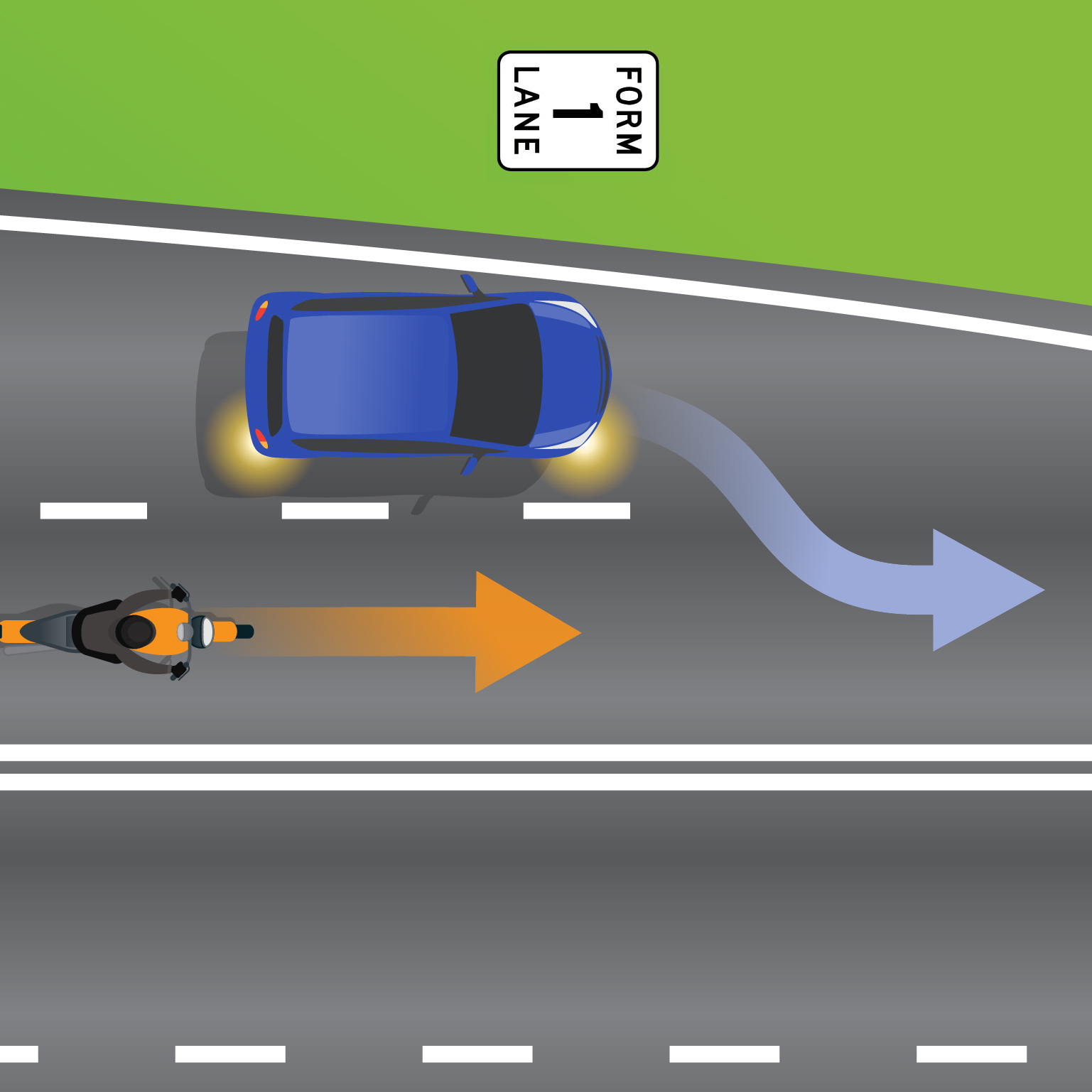this post was submitted on 21 Jan 2025
28 points (96.7% liked)
Brisbane
974 readers
73 users here now
Home of the bin chicken. Visit our friends:
founded 2 years ago
MODERATORS
you are viewing a single comment's thread
view the rest of the comments
view the rest of the comments

It is also supplemental to the drivers manual, which the test to get your license is based on. Get enough of these wrong and you fail, no license.
Sorry, but that’s incorrect, the lanes are being reduced (edit: which to be fair, and likely the source of confusion, is all but synonymous with two lanes “merging”). Merging describe what traffic must do as a result of this reduction. The reduction is simply not marked, to indicate a zipper merge. Otherwise you’d be crossing a broken line and have to give way to traffic already in the lane you’re merging into. Being it is unmarked it means a zipper merge, which means traffic in the lane you’re merging with has to give way to you.
Definitely not an edit and was here the whole time 2: Blue goes from being beside the broken line to (after merging) being beside the double dividing line. Whereas before and after the merge orange remains beside the double dividing line. If I had 6 hours spare I could go on paint and continue the broken line, turning the unmarked ending of the lane into a marked one demonstrating this.
@CTDummy @Zagorath 'scuse my butting in from over Masto way.
Going by Qld Road Rules:
From what you've quoted CTDummy, neither would need to "cross a broken line" - the line marking just ends. The car "should" indicate, and as the "in front" vehicle, gets to go first. The motorbike does not need to indicate.
If the left lane had markings that went all the way into a lane-ending merge, the car gives way to the bike.
The link below does not talk about indicating, and I don't indicate if I am in the left lane in this scenario.
https://www.qld.gov.au/transport/safety/rules/road/lanes
No worries, the more in the fediverse the merrier.
Yes, that lines up with my comment. I’m providing alternatives as examples. The rest of your comment is pretty much what I’ve said in mine.